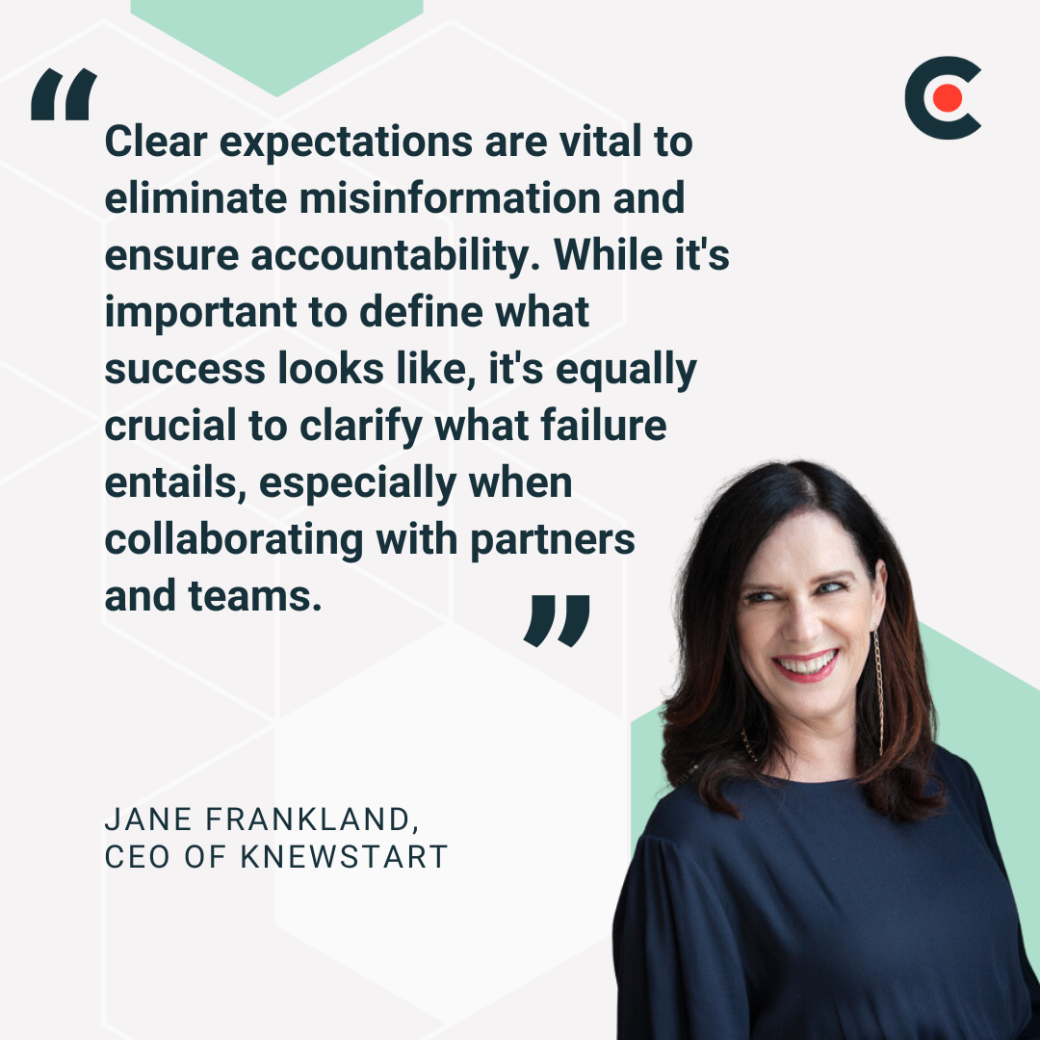

Updated April 3, 2025
Balancing the competing needs of outsourcing while maintaining best cybersecurity practices can be daunting for any business. Jane Frankland, CEO of KnewStart, believes that the key to success for service providers is to earn trust, which has both technological and human elements.
Increasing cyber threats are contributing to the growth of cybersecurity services providers. McKinsey assesses this market opportunity at a jaw-dropping $1.5 to $2 trillion. Outsourcing can meet the growing — and often urgent — demand for cybersecurity specialists.
Businesses hiring cybersecurity services look for cutting-edge technology, reliability, and cost-effectiveness. But there’s one more thing in this mix: trust. Because a cybersecurity provider will have access to a business's sensitive data and its methods to protect it, no one will hire a provider they aren't confident in.
Looking for a Software Development agency?
Compare our list of top Software Development companies near you
In other words, it’s up to outsourced cybersecurity teams to earn clients' trust. That’s also the key to staying competitive, forming long-term relations, and growing consistently.
Jane Frankland, CEO of KnewStart, gives her take on the best strategies for earning trust in a cybersecurity partnership.
Trust is invaluable in every form of business partnership. While it opens many doors for opportunities, trust isn’t easy to earn. Here are some ways outsourced cybersecurity teams can earn your trust:

A successful cybersecurity team operates in a space where high challenge is balanced with high support.
“I often discuss building high challenge and high support environments to foster trust. Balancing these two elements helps individuals thrive,” Frankland stresses. “Too much challenge without support leads to a sink-or-swim scenario, causing burnout and quick exits. Conversely, high support with low challenge can create complacency and resistance to change.”
A high-challenge environment involves setting ambitious goals, encouraging continuous learning, and pushing team members outside their comfort zones. For cybersecurity teams, that may mean using the latest technologies, tapping the new trends, and quickly adapting to changing regulations.
A high-support environment, on the other hand, provides the necessary resources, guidance, and emotional support. This may include continuous training, constructive feedback, and access to essential tools. However, a high-support environment also has a cultural element. The work culture gives employees the confidence to share their ideas and collaborate with others.
For cybersecurity teams to be successful and achieve success with clients, there has to be a balance between challenge and support. One without the other doesn’t work. An environment that is too challenging and lacks support may lead to burnout or resistance. On the other hand, too much support without some challenge often fails to inspire innovation.
With a balanced approach, outsourced cybersecurity teams can remain agile and proactive, staying on top of threats. It ensures that their efforts align with the security goals of the enterprise they’re working with.
Communication is essential for cybersecurity teams, both within and outside. But it’s even more important for outsourced teams, which usually work remotely.
Clear, effective communication empowers team members and allows them to identify and resolve issues before they get bigger. There should be well-defined communication protocols and a clear chain of command. Each team member should know who they need to communicate with and how.
Additionally, team members should feel safe and confident asking questions. Open communication allows ideas to flow freely.
Besides inter-team communication, client-side communication is equally crucial. Open communication allows for better reporting, which, in turn, decreases the likelihood of misunderstandings.
Timely, detailed reports from security monitoring can help inform the client about the security status. Proactively disclosing any security events or incidents should be part of the communication strategy. Create a monthly or quarterly reporting schedule. Provide all the details about any changes in security measures and any security events or incidents addressed. However, if something requires urgent attention, reach out to them directly.
One often overlooked aspect of working with outsourced cybersecurity teams is defining failure clearly. While service providers are quick to define success, they shy away from clarifying what may constitute a failure on their part. Doing so can help set realistic expectations from the get-go.
Does failure mean allowing even a single instance of unauthorized access, or does it mean failing to respond promptly to incidents? Does it involve not meeting compliance standards? Does it mean not finding vulnerabilities?
Answering these questions can help clarify what failure may look like.

“Clear expectations are vital to eliminate misinformation and ensure accountability,” Frankland advises. “While it's important to define what success looks like, it's equally crucial to clarify what failure entails, especially when collaborating with partners and teams.”
One way to establish failure is to define the goals. Ensure the goals inform what needs to be done, how, and when. At the same time, those goals should reflect the teams' limitations. The service level agreement (SLA) should detail the goals and any possible failure. For instance, committing to 100% uptime and availability would be unrealistic.
The reality is that there’s no such thing as impenetrable defense. Breaches can and do happen. That may sound counterintuitive to the goals of a cybersecurity partnership, but it’s also crucial for accountability.
Clarifying what constitutes failure ensures that everyone is on the same page regarding the objectives and limitations of your cybersecurity strategy.
Trust is not just built on technical skills—it also stems from shared values. When a business sees that a partner provider’s values align with theirs, they’re more likely to trust them. Communicating your enterprise’s values with potential clients can be as simple as relying on your existing mission and vision statements.
Clearly define your enterprise's mission and vision and share it readily with future partners. Include it on websites, social media accounts, marketing materials, and contracts. It will allow potential clients to understand your values and see if they align with theirs while reminding your employees of their priorities.
Most importantly, share those statements with the team members overseeing cybersecurity for partner businesses. It’s imperative that the entire team understands the enterprise's goals and ambitions. When cybersecurity teams are aligned with your mission, they are more likely to identify risks that could threaten your strategic goals proactively.
Trust is essential for outsourced cybersecurity teams to grow and outperform competitors. Cybersecurity services are expanding quickly. New technologies are removing borders, meaning businesses can hire cybersecurity services from anywhere. Since digital security is serious, businesses use a trustworthy provider.
It’s easy to think that impressive statistics or shiny tools are what wins clients. However, there’s also a human element to this equation. Businesses looking to outsource cybersecurity often prefer providers with a high challenge, high-support culture, good communication, and similar values. When describing and promoting your services, don’t forget to highlight the human element of your services.
Keep in mind that trust isn’t earned in a day. It’s a continuous process that requires consistent effort. You can increase your client’s trust through good work and open communication.
Besides delivering on the agreed-upon goals, go the extra mile to provide quality service. Embrace the latest technologies in cybersecurity and build knowledgeable teams driven by innovation. Share how your team members collaborate, innovate, and support each other. That’s how you gradually build trust and retain clients in the cybersecurity space.

Jane Frankland is a globally recognized cybersecurity expert, entrepreneur, and author, known for her extensive work in building effective cybersecurity strategies and fostering diversity in the tech industry. With over two decades of experience, she has advised top companies on risk management, threat intelligence, and incident response, helping them stay ahead of emerging threats.


